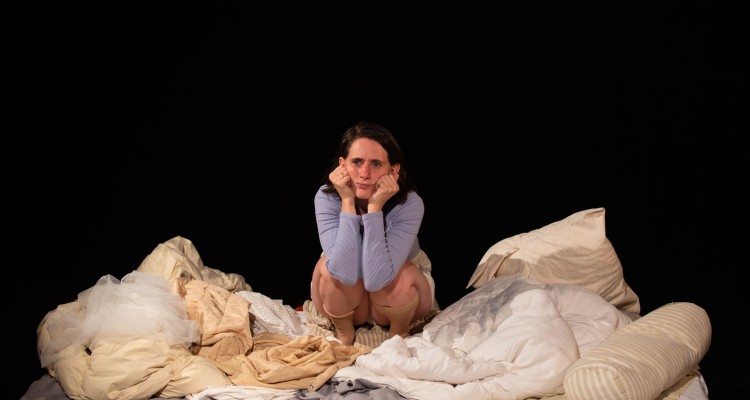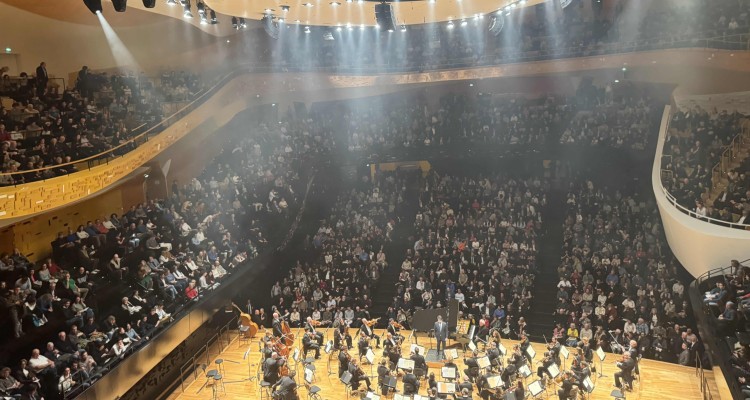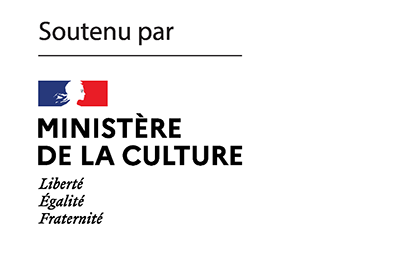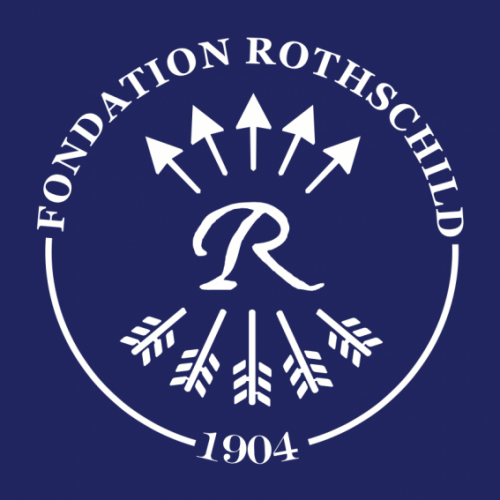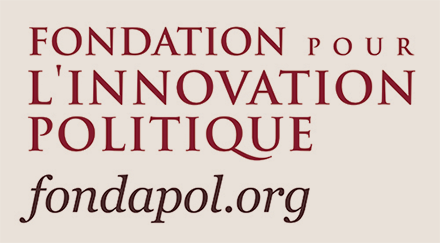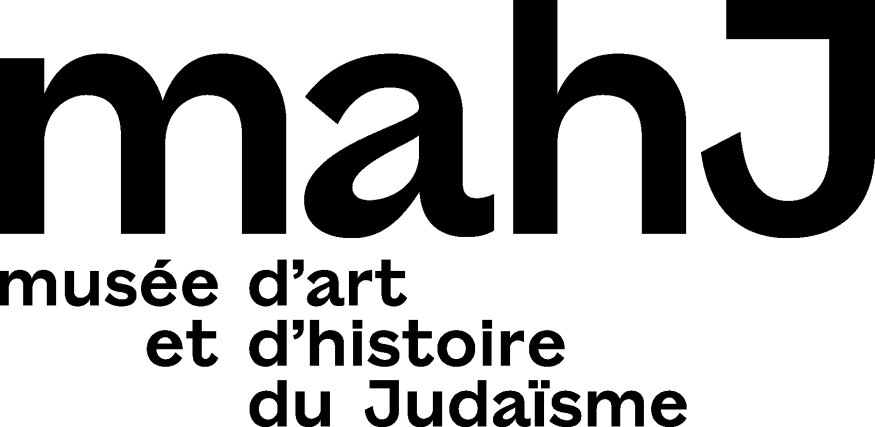What is a Jewish writer? And how does one distinguish oneself as such? These are the questions that Henri Raczymow attempts to answer for himself: he returns to both his essential readings and to some of his books, to explain how – after the Shoah and, as he writes, having “lost his sources” – he has returned to his own Jewish history.
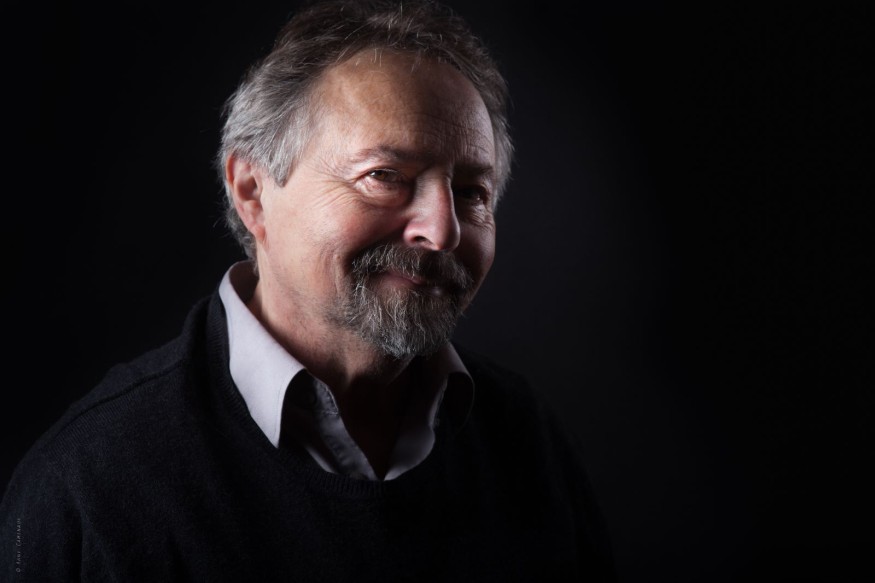
« At first I thought of myself as a writer, then I realized that I was a Jew, and then I no longer differentiated between the writer and the Jew, for both are but the torment of an ancient word. » Edmond Jabès, Le retour au Livre. This book, Le Retour au Livre, dates from 1965, and therefore predates my remarks here. It is in this book by Jabès, which concludes The Book of Questions and The Book of Yukel, where we can read the beautiful formula: “God is a interrogation of God” and the following phrase, which concerns us more directly today: « Judaism and writing are but one same expectation, one same hope, one same fatigue. »
When I discovered The Book of Questions, around 1980, it was a revelation for me. I had the feeling, very paranoid and megalomaniacal, that Jabès was talking about me or at least for me. As I was a bit uninspired about my own work, I thought it would be a good idea to apply to start a thesis. I wrote about fifty pages on Jabès, which were probably quite bad. And then two encounters occurred, with Henri Meschonnic and Shmuel Trigano. Meschonnic was very critical of Jabès, reproaching him for staging false rabbis, which to my mind was a truism or an attempt to force open doors. The whole Jabesian enterprise, in his eyes, was a sham. At the same time, I came across Le Récit de la disparue, the “disappeared” being Jewishness itself, the first book by Shmuel Trigano, published by Gallimard thanks to a positive review by Levinas and Meschonnic, who, although he did not like Trigano’s thinking, was in favour of the publication of his book. What troubled me greatly, I who was only just discovering things, was that Meschonnic, whom I loved, did not love either Jabès, whom I loved, or Trigano, whom I loved, or Levinas for that matter, I think he loved nothing; Trigano hated Jabès and superbly ignored Levinas. As for Edmond Jabès, I can testify to that, he loved Edmond Jabès above all. In any case, for me, for whom Jewishness had, if not disappeared, at least been buried and blurred, swallowed up in the Judeo-Bolshevik shmatters of my parents, you can imagine if the title of Trigano’s essay alone were to enchant me, to make me reconnect with a part of myself which, for family and historical reasons, had disappeared into the rubbish bins of History and with which I was in the process of reconnecting little by little, in a stammering, almost stuttering way. I use the word ” stuttering ” in the sense of Marx : ” History doesn’t repeat itself, it stutters “, because I was obviously not the only one for whom these questions arose, in the same way, in practically the same terms and at the same time, without any of us knowing it, we still know it, we still know that there were a certain number of us, at the same time, who were coming back, according to a mostly secular teshuva, but not exclusively. Indeed, a number of us carried out this improbable archaeological work after the definitive backlash of May ’68, in which we had invested a great deal. It was at that time that I read and reread a hundred times this thought of Levinas, so often quoted: « To question Jewish identity is already to have lost it. But it is still to hold on to it, otherwise one would avoid the questioning. Between this already and this still, there is the limit, stretched like a tightrope on which the Judaism of Western Jews ventures and risks itself. » (Difficult Freedom). These words consoled me, as they would no doubt have consoled Kafka for being only a Western Jew: I had lost my sources, but I was still questioning them, so I had not lost everything. It was a bit like that hasidic story, also so often told, of Rabbi Israel of Rishin, about the story that is told of an old prayer said in the forest while lighting a fire, ritual gestures of which we have forgotten everything, except precisely its story, the story of this generational loss, a story told that is as effective, says the hasidic account, as the prayer itself, and the fire that was lit, and the exact place in the forest where it was done. Again, for a number of us, this story, like the thought of Levinas that I am quoting, was consolatory and soothed the pain of guilt. This last term I use, guilt, would require a long exegesis marked by ambivalence, as if there had been some feeling of betrayal in having had communist parents; as we know: not everyone was so lucky. (In fact I’ve always been both ashamed and proud of it. Go figure. Especially since in my childhood, like being a writer and a Jew for Jabès, being a Communist and a Jew was for me, well hidden deep inside, precisely where the most obscure feelings reside, where shame and distinction are inseparably mixed, the same election, in the sense of “chosen people”, the same curse, the same completely irrelevant pride: I was living before the letter the imaginary Jew…)
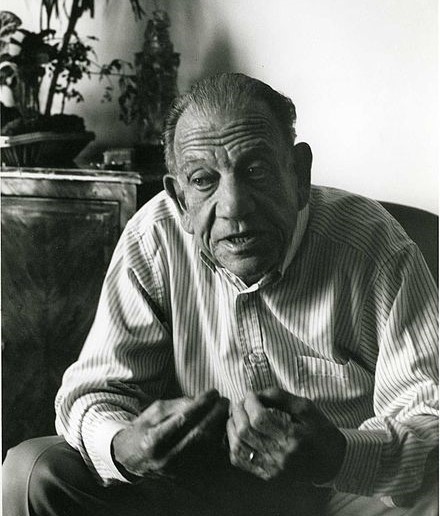
I remember how excited I was to read The Tale of the Missing when I was writing Tales of Exile and Oblivion, and to learn that Judaism was promised a return. So much so that I was the only one of my Ashkenazi friends, of all generations, who melted with gratitude the following year when reading Alain Finkielkraut’s Le Juif imaginaire, not to recognise myself in it. I was hoping for prophets, and here was an essayist from my generation, from the one we call the next, coming to tell us that being Jewish is imaginary. This seemed to me at the time more than disappointing: it was scandalous. Being Jewish, if I understood my contemporary’s thinking correctly, was like love for Madame Bovary: a woman dreams that love is possible and even that it exists, but no, it only exists in the novels she has read too much: it is imaginary. But I’m closing the parenthesis.
In 1978, I made two discoveries: Yiddish songs by Talila and the translation of Itskhok Leibouch Peretz, Métamorphose d’une mélodie, by Joseph Gottfarstein, published the previous year by Albin Michel. Peretz was what was called a Maskil, a follower of the Haskala, the Jewish Enlightenment, but, unlike the others who condemned mystical effusions to oblivion, he was sensitive to Hasidic literature, to Rabbi Nakhman of Bratslav in particular, with his Tale of the Seven Beggars, a very strange, enigmatic story, voluntarily incomplete, as if it were unfinished, but it was deliberately incomplete. What I discovered there, in Peretz, but also in Martin Buber’s and Elie Wiesel’s compilation of Hasidic tales, were properly literary procedures, which could be found in Spanish and English literature in the 17th and 18th centuries, namely the technique of the embedded narrative, which can also be found in Diderot’s Jacques le fataliste. This narrative process, as well as my impregnation with Yiddish songs, led me in 1978 to improvise false Jewish tales that evoked a Poland I had never known and a bygone Jewish life, that of the pre-Shoah period, which I could only imagine in a fantasy of nostalgia proper, as some have studied, to the third generation of émigrés. It was Tales of Exile and Oblivion. A story full of holes in the memory and in the narrative, where we don’t know where they lead, just like the story of Rabbi Nakhman, the one known as the Seven Beggars, where we don’t know the end, and therefore the meaning, and, as the story says, it is only when the Messiah comes that we will have the end of the story, because that will be the end of the story, in every sense of the word. It’s a marvellous piece of humour, or at least I take it as such, that a writer, even if he is the father of a Hasidic lineage, doesn’t know how to conclude, how to lead and where to lead his story. As far as I was concerned, it was my very ignorance of the reality of the Polish shtetl that prevented me from writing a “full” story. (In fact, at that time, I already disliked ‘full’ stories in literature, which was good. My Tales combined an unknowability or what I would later call a “perforated memory” and an aesthetic will). These “holes” in the narrative were obviously to be related, as some commentators have rightly done, to the “hole” theme in my first book, La Saisie, which had appeared in 1973, in the same collection with Gallimard, which was called Le Chemin and edited by Georges Lambrichs, holes materialised concretely in the narrative by real blanks in the fabric of the sentences, and of which I didn’t know at the time what they covered, insofar as a blank could cover anything, let’s say what they thematised.
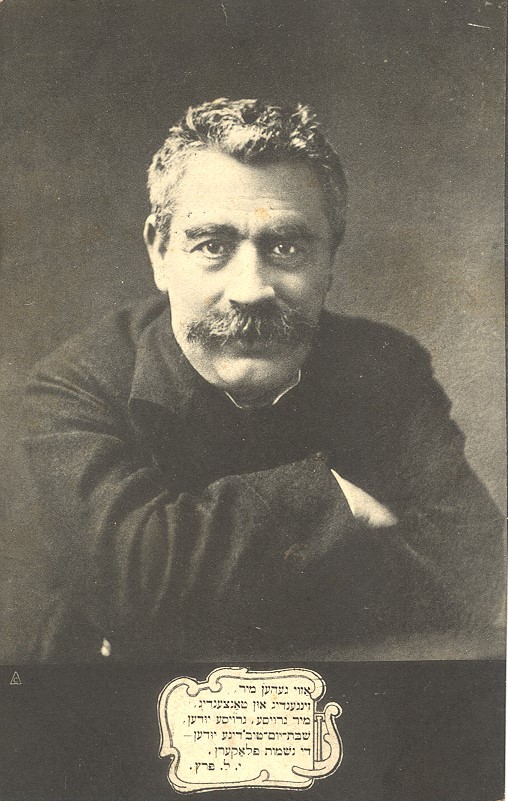
I like to date things. Because things never happen at any time. What I’m talking about is around the years 1978-1980. One could note the impressive number of books on Jewish subjects that appeared in those years, both on the Ashkenazi and the Sephardic side. Anny Dayan has done this work. In 1980, in the NRF, I published a short story entitled “Le Nécrophore” which announced – I could say it afterwards – my novel Un Cri sans voix, which had to do with the aftermath of the Shoah, with the after-effects of the Shoah in the next generation, which we would soon call the second generation. The second and not the second, because, as we did not yet know, there would be a third generation, which carried the same intimate torment, the same secret, and the same weight of nightmare. I am thinking of two authors in particular: Marianne Rubinstein and Nathalie Skowronek.
I would like to say a few words about this short story I am talking about. The necrophore, as we know, is an insect that has the particularity of laying its eggs in the corpse of another insect so that its larvae, once emerged, can feed. I imagined this fantasy of cannibalism of a brother towards an older sister who was more gifted than him, more intelligent, more cultured, more everything, a little overwhelming, a little contemptuous of his little brother who was much more banal than her, and who claimed to be a writer or to be one day. There was nothing Jewish about it, except for the names. The character was called Judith Szpiro. Everything revolved around death, starting with the insect in question: necrophore, and the opening line: “I’ve always loved cemeteries”, etc. It took me five years to understand the meaning of this text, and it was in 1985 that Un Cri sans voix was published, which is its accomplishment and revelation, in the sense that a photo gradually reveals itself in the bath of the darkroom developer. A story of cannibalism, of usurpation: writing in someone else’s place. Or living or surviving thanks to the death of another. To seize, in any case, what another person had most precious, life itself, or the word. This is where the essential concepts of two American academics appear, what Marianne Hirsch was later to call post-memory (memory of those who did not witness things) or Froma Zeitlin, who speaks of “vicarius witness” (substitute witnesses or witnesses by delegation), or “belated memory” (delayed memory or aftermath memory). These things are quite well known today, because they have been widely studied in the United States and also in Europe.
With Un Cri sans voix, I expected a universal, even cosmic, impact. I thought – and I still think – that I was the first to write about this very particular feeling of the second generation. The deportees had borne witness; the hidden children (what Susan Suleiman would call Generation 1. 5), in their turn, were beginning to publish testimonies or fiction (I am thinking here of Berthe Burko-Falcman’s books or Régine Robin’s many texts or, of course, Perec’s work); my generation born after the war had not yet come to maturity, even though a lot was being written, notably in new journals called Traces or Combats pour la Diaspora, both of which were founded in the 1980s. Well, no, apart from the growing interest of researchers in Holocaust studies or Jewish studies, which led to a good translation in the United States, Un Cri sans voix did not meet with public success. It was probably too difficult, too complex, too painful. Besides, I never reread it, it is not a pleasant read.
Anyway, my gaze then shifted, so to speak. I began to think about the conditions of literary success or failure. As I was worked on by the figures of the writer and the Jew (the lesson of Jabès had never left me), I asked myself which were the two greatest writers I revered the most. I didn’t have to look very far: it was Joyce and Proust. The second question was: what was their relationship with Judaism (since they obviously had one). Here again, the answer came immediately: it was Leopold Bloom and Albert Bloch. What did these two characters have in common? Everything. First of all, they were strictly contemporary and had the same traits of the Israelite of that time, one foot in and one foot out, ill-balanced, Jewish within the family and trying to be like the others outside (which they did not succeed in doing well), masking their Jewishness, but deceiving no one, in short, a sort of shameful, inauthentic Jew, as Sartre would say. I imagined extracting them from the works of fiction in which they were born, appropriating them for myself, having them meet on a bench on the Canal Saint-Martin one summer Sunday, just like two other famous characters in French literature, and sending them to the South of France to write a novel together, which would be theirs. They won’t make it, but I will. So it will be Bloom & Bloch, reunited with a conjunctive figure that I love, the ampersand.
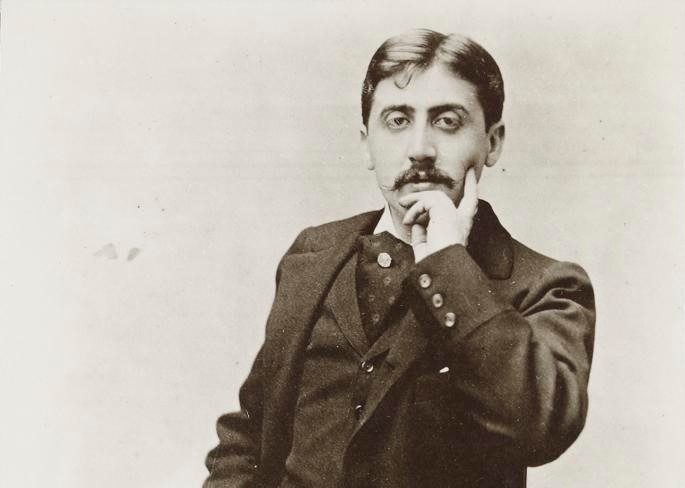
It must be said that the figure of the Israelite of the Belle-Époque fascinated me. I had previously worked on the Proustian figure of Charles Swann (Swann, Proust’s beautiful swan), compared with his real-life model, the no less attractive Charles Haas. Of course, not all Israelites were Swann, far from it. But this world of the Jewish bourgeoisie of the upper class in the 1900s imposed itself on me. Pure jealousy on my part. These people belonged to Western culture; they lived in plush flats; they were born rich, well-bred, cultured, they had everything going for them. Despite the Dreyfus affair, and despite Vichy.
It was then that, one idle day, I met the sulphurous figure of Maurice Sachs, a great thief and a fairly good writer who passionately wanted to become a ‘great writer’, but failed to do so and, although Jewish and homosexual, ended his short life in the ranks of the Gestapo in Hamburg, Hamburg, incidentally, his family’s home town. Once again, I encountered my dear problem: being Jewish and a writer, and even a great fantasy writer. Because it’s time to say it, my youthful dream was to become Jean-Paul Sartre or nothing, and Les Mots was always my bedside book, a book in which Sartre precisely deconstructs the myth of the great writer, but maintains it to the end, because that religion, which I think is very French, cannot be replaced.
Since I was young, I’ve always been interested in Proust. First, after two readings in extenso, a master’s thesis, then, much later, a few books, and even today I’m not done. If I think about it, Proust concerns me in the deepest sense of the word because of the status that memory has in his work, but not in the way that it is usually understood, but in reality through its opposite, which seems to me to define the pessimistic vision in Proust: oblivion (which Modiano, by the way, has understood very well and even thematized in all his books). What touches me most deeply in Proust is the same old lesson from Ecclesiastes: “There is no memory of the past, and what will be in the future will not leave a memory in those who will come afterwards either. One will say, yes, but there is History, the historical discipline which, according to Michelet, has the mission of taking charge of the dead, of saving them. But History is doomed to the anonymity of successive generations. And this anonymity is collective. It is a common grave. History only saves the collective, the plural, whereas its raison d’être is to discharge, in Ricoeur’s words, a “debt to the dead”. In this sense, history makes the dead a generational bundle, without individualities. As far as proper names and our own names are concerned, only literature can save them. Thus, The Search can also be read as a Yisker Bukh, a Book of Remembrance. With the reservation that real names in literature are anonymised (with the exception of Dora Bruder, who owes everything to the Klarsfeld Memorial, names saved from missing persons). This is exactly what Proust wrote: “A book is a great cemetery where on most of the graves one can no longer read the erased names.” Thus, – and this is the meaning of my Swan of Proust – , the name of Swann, which has become so prestigious thanks to Proust, covers that of a man who is little known, unknown, and highly celebrated and adulated in the society of the Second Empire and then of the Third Republic, namely Charles Haas. So much so that the narrator, looking at a reproduction in the press of a painting by James Tissot in which Charles Haas appears, unduly, dizzily addresses Charles Swann and tells him that he will perhaps survive thanks to his book, confusing the name of a fictional Swann with that of a real Haas.
So, in my turn, I wanted to “save names”. I have done so on several occasions, and continue to do so, book after book, writing down real names or fictitious names supposedly masking real names. But does literature save the names of loved ones? That is the writer’s bet. In these two Proust years – the anniversary of his birth and the anniversary of his death – with three consecutive Parisian exhibitions, at Carnavalet, at the mahJ and now at the BNF, here is an exceptional posterity: Proust’s notoriety is only growing. But who can claim such a destiny today, in this age when everything is increasingly absorbed into an exorbitant and ephemeral present? What I write appears to me more and more like the flickering of these fireflies whose weak signals will only last a short time.
